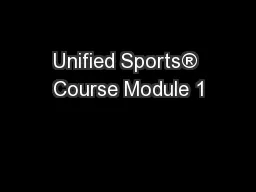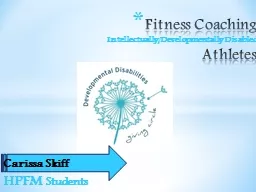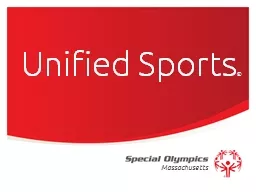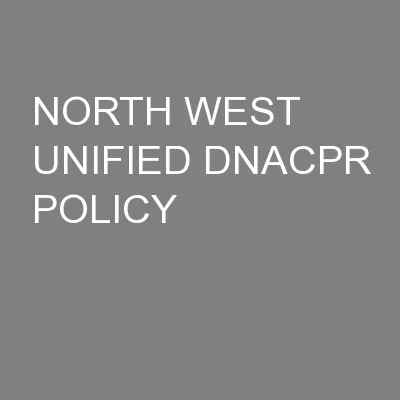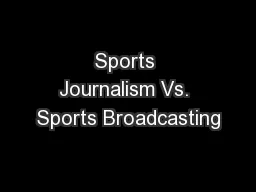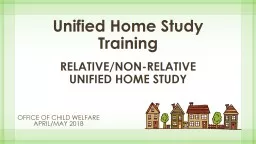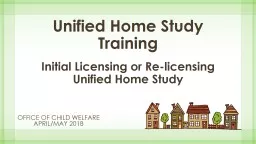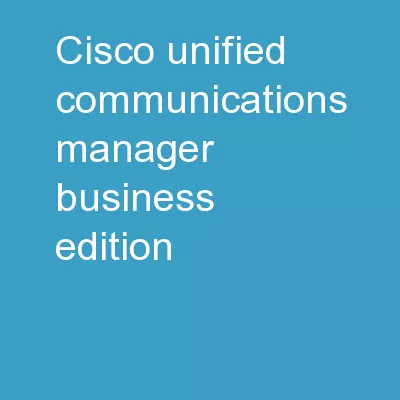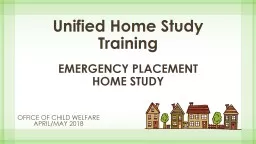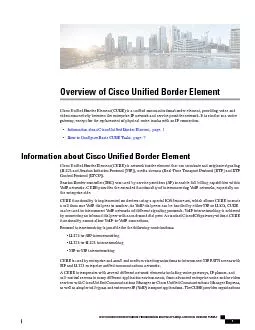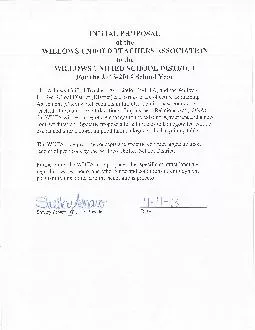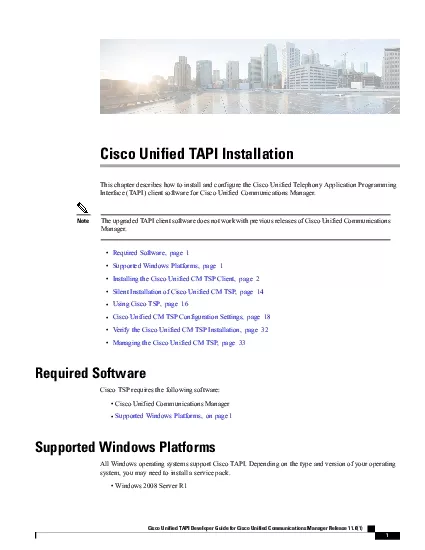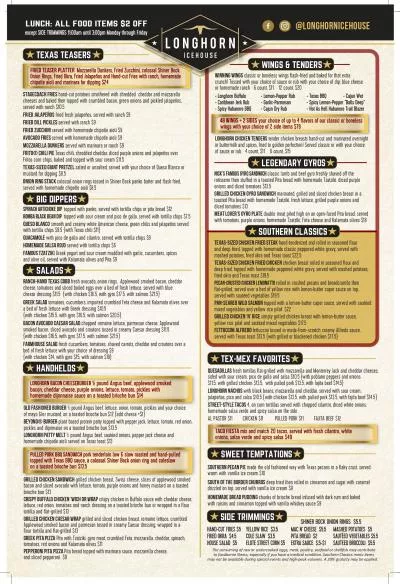PPT-Unified Sports® Course Module 1
Author : ellena-manuel | Published Date : 2018-03-08
On the field were teammates off the field were friends Foundation Establishing the Base to Support Success Transforming Lives Section 1 2 2Minute Drill with
Presentation Embed Code
Download Presentation
Download Presentation The PPT/PDF document "Unified Sports® Course Module 1" is the property of its rightful owner. Permission is granted to download and print the materials on this website for personal, non-commercial use only, and to display it on your personal computer provided you do not modify the materials and that you retain all copyright notices contained in the materials. By downloading content from our website, you accept the terms of this agreement.
Unified Sports® Course Module 1: Transcript
Download Rules Of Document
"Unified Sports® Course Module 1"The content belongs to its owner. You may download and print it for personal use, without modification, and keep all copyright notices. By downloading, you agree to these terms.
Related Documents

